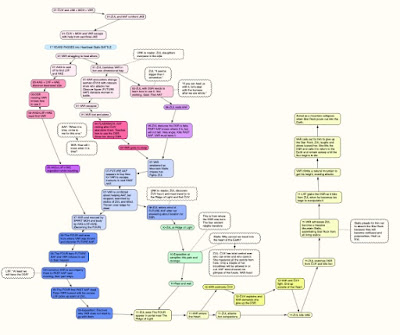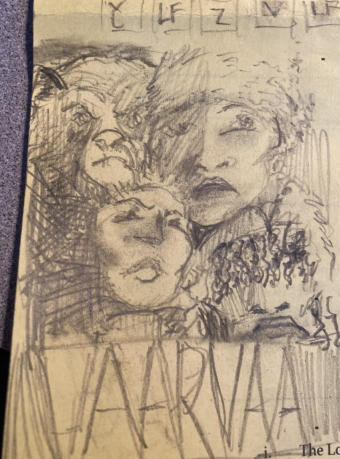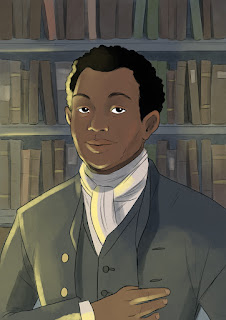Vaarvaa, the placeholder name for the sequel to
Badin and The Secret of the Saami, is still in progress. With my full-time job and union steward activities, it is very hard to focus and get this thing done. Yet I persist.
I did complete the Directors Notes for the Badin and the Secret of the Saami Special Edition. However, this sequel is so important—and my time is so limited—that I had to put it on hold.
For the sequel, I went through countless writing sessions, trying to develop a premise. After conquering that hell of hurdle, I am now on a death-defying climb of literary mountains: Script outline.
The outline is in its sixth revision (the premise was a grueling nine revisions). My intention is to write a story that dwarfs the first graphic novel. When the outline is satisfactory to me, I will submit it to my advisers—Saami scholars of Saami culture and history.
Although the story takes place during the end of the Neolithic era—and definitive scholarship about Saami people is not so abundant from 10,000 years ago—my adoption of this ancient culture for the world of my characters requires the utmost respect and sensitivity. The last thing I want to do is insult the ancient ancestors of and the progenitors of the Saami people.
Upon implementing any recommended changes, I intend on writing the full script. From there, will begin the artwork phase.
However, as you see above, I jumped the gun. Albeit, I did this as a single event—an innocent indulgence! Who they are, I will not share. However, one is indeed Vaarvaa.
You can learn a little about her in the single self-titled Vaarvaa Mini-Saga or in the Mini-Saga Compilation (Available in print or ebook). She also makes an appearance and is mentioned a few times in the graphic novel Badin and the Secret of the Saami.
I hope you are as excited as me about this special project. I think about it every day and want it to become the best story I ever tell.



